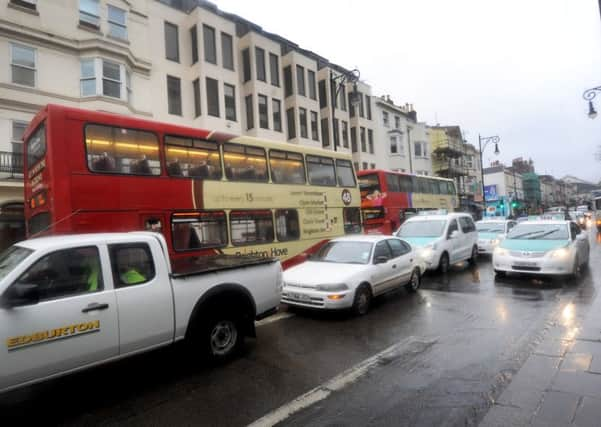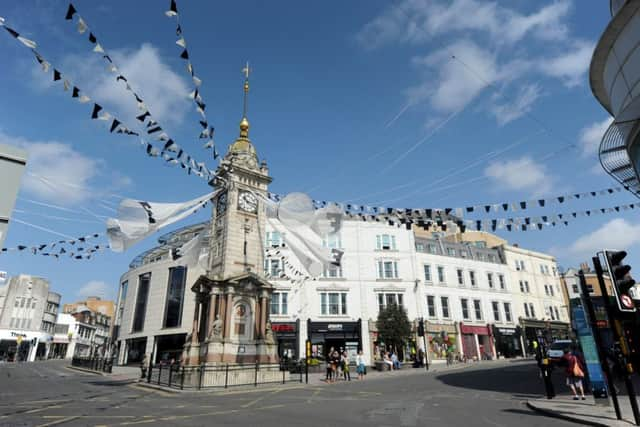Cutting air pollution in Brighton and Hove


A report on cleaning up the city’s air will go before the environment, transport and sustainability committee on Tuesday (March 20).
Despite its recent bid for Government funding to improve air quality being turned down, the council is exploring a city-wide roll out of electric vehicle charging points to encourage a wider take up of electric cars.
Advertisement
Hide AdAdvertisement
Hide AdIt is also looking at expanding the low emissions zone (LEZ) in the city centre – which currently covers 98 percent of bus movements – and placing tighter restrictions on vehicle emissions.


Cllr Gill Mitchell, chairman of the environment committee, said: “Air pollution is now recognised as the UK’s largest environmental risk to public health, contributing to heart and respiratory diseases, and lung cancer.
“The setting up of the air quality programme board is a very important step in the council playing a leading role in creating a single, joined-up approach to cutting air pollution in our city and improving air quality.
“A lot of work has already been done in partnership with the bus companies through the quality bus partnership (QBP) and we look forward to working with them even closer in the future.”
Advertisement
Hide AdAdvertisement
Hide AdSo far the council has fitted 76 buses and 22 taxis with clean air technology and is introducing fuel efficient analysis systems in its vehicles.
And there are plans to introduce the city’s first Clean Air Zone (CAZ) to improve air quality in a specific area.
Cllr Mitchell said there were many factors involved in providing better air quality, such as supporting low emission public transport and improving busy junctions like the Clock Tower in Brighton.
But she added: “The Clock Tower has the highest pedestrian movement in the city and needs to achieve the right balance of pedestrian safety against traffic.
Advertisement
Hide AdAdvertisement
Hide Ad“However, we will be looking at this junction as part of the improvements to Queens Road and West Street, known as the Gateway to the Sea project.”
Related stories: